Before we start: Donemax Data Recovery as a better alternative to PhotoRec, it cannot only recover lost photos, but also recover any other files in different data loss scenarios.
PAGE CONTENT:
Losing precious data—be it family photos, important documents, or business files—is one of the most frustrating tech mishaps a person can face. In such situations, reliable data recovery software becomes a lifeline. Among the numerous tools available, PhotoRec stands out as a free and open-source recovery utility.
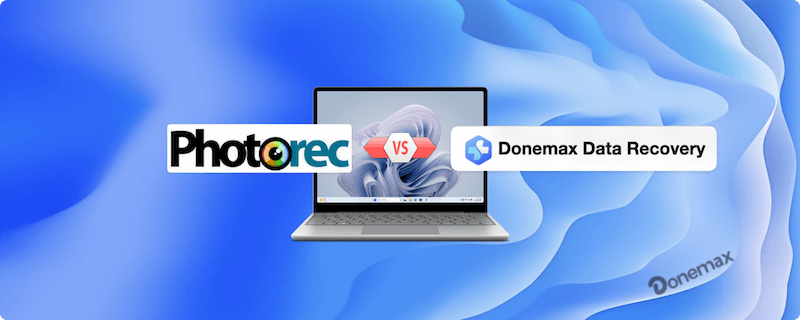
But while its capabilities are commendable, PhotoRec isn't perfect. In this article, we'll provide an in-depth review of PhotoRec, covering its strengths and weaknesses, and also introduce a better alternative that might be a more suitable choice for most users—especially beginners and non-technical individuals.
What is PhotoRec?
PhotoRec is a file data recovery software developed by CGSecurity, the same team behind TestDisk, a popular partition recovery utility. Despite what its name might suggest, PhotoRec doesn't just recover photos. It can restore over 480 file extensions including videos, documents, archives, and more.
PhotoRec is available on major operating systems such as Windows, macOS, Linux, and even DOS. It's built with a low-level, deep scanning capability that enables recovery even from severely damaged or reformatted drives.
It's especially popular among tech-savvy users due to its command-line interface and robust scanning technology.
Key Features of PhotoRec
PhotoRec's value lies in its core functionality, not fancy visuals. Here are some of its standout features:
Extensive File Type Support
PhotoRec supports recovery of over 480 file extensions spanning more than 300 file families. These include:
- Multimedia Files: JPEG, PNG, MP4, MOV, MP3, WAV, AVI
- Document Files: DOC, XLS, PPT, PDF, TXT, ODT
- Compressed Archives: ZIP, RAR, TAR, GZ
- Executable and System Files: EXE, DLL, SYS
- CAD and Graphic Files: DWG, PSD, SVG, BMP
This vast file signature database means PhotoRec can recognize and recover a wide variety of lost files, even if the metadata is damaged or the original file system structure is lost.
File System Independence
Unlike many data recovery tools that depend on the file system being intact, PhotoRec doesn't rely on metadata such as file allocation tables or directories. Instead, it scans raw disk sectors for known file headers and footers—making it highly effective on corrupted, reformatted, or damaged partitions.
Supported file systems include:
- FAT12, FAT16, FAT32
- exFAT
- NTFS (Windows)
- ext2, ext3, ext4 (Linux)
- HFS+ (macOS)
This allows the tool to recover data even if the partition table is lost or the drive has been reformatted to a different file system.
Broad Storage Media Compatibility
PhotoRec works with virtually all types of readable storage media, including:
- Internal and external hard disk drives (HDDs)
- Solid state drives (SSDs)
- USB flash drives
- Memory cards (SD, microSD, CompactFlash, etc.)
- Digital cameras and camcorders
- CD-ROMs and other optical media
As long as the device is detected by the operating system and not physically damaged, PhotoRec can attempt recovery.
Deep Scan Recovery Mode
PhotoRec excels in deep scanning the underlying data blocks on a disk. It uses file signature recognition to identify file headers and reconstruct the contents byte by byte. This technique enables:
- Recovery of files even from formatted drives
- Bypassing damaged or unreadable file tables
- Extraction of files from severely corrupted or overwritten partitions
While this method is slower than quick scan algorithms, it significantly increases the chance of recovering fragmented or deleted files that are not indexed anymore.
Non-Destructive Recovery
PhotoRec is designed to work in read-only mode. It never writes to the source drive being scanned, ensuring that:
- No original data is accidentally overwritten
- The integrity of the lost files is preserved
- The recovery process is safe even for severely damaged media
Recovered files are saved to a separate destination specified by the user, ideally on a different drive to avoid cross-contamination.
Multi-Platform Support
PhotoRec is compatible with major operating systems, including:
- Windows (XP to Windows 11)
- macOS (Intel and Apple Silicon via Terminal)
- Linux distributions (Ubuntu, Fedora, Debian, etc.)
- FreeBSD, OpenBSD, NetBSD
- DOS (legacy systems)
This cross-platform availability makes PhotoRec a versatile tool for personal, enterprise, and forensic use.
Customizable Recovery Settings
Advanced users can fine-tune the recovery process using several configuration options:
- Select specific file types to recover (e.g., only photos or documents)
- Enable expert mode for more control over block sizes and parameters
- Modify recovery algorithm behavior based on the storage type (e.g., flash vs magnetic)
- Ignore corrupt file headers or force low-level recovery attempts
These features give users granular control, especially helpful in digital forensics or professional recovery situations.
Multi-Language Support
Though interface options are limited due to the text-based environment, PhotoRec supports multiple languages. This is especially useful in global environments or IT teams where English is not the first language.
Bundled with TestDisk
PhotoRec is often distributed as part of the TestDisk package, a powerful utility for partition recovery. This bundle allows users to:
- Recover lost or deleted partitions with TestDisk
- Then recover files from those partitions with PhotoRec
This integrated toolkit provides a comprehensive solution for both partition-level and file-level data loss.
Pros of Using PhotoRec
Despite being a free tool, PhotoRec offers several strong advantages:
- Completely Free and Open Source
PhotoRec is 100% free with no hidden costs, no trial limitations, and no premium upsell. Being open-source also allows developers to audit or tweak the code if needed.
- High Recovery Success Rate
Thanks to its deep scan feature, PhotoRec can often recover files even when the drive has been formatted or the file system is corrupted beyond recognition.
- Works Across Platforms
Whether you're on Windows, macOS, or Linux, PhotoRec delivers consistent performance across platforms.
- Lightweight and Portable
PhotoRec is a compact utility that doesn't require installation. You can run it from a USB drive, making it a convenient tool in emergency situations.
Cons of Using PhotoRec
While PhotoRec has powerful recovery abilities, it falls short in several key areas:
- No Graphical User Interface (GUI)
The biggest downside is its command-line interface, which can be intimidating for non-technical users. Navigating directories and selecting partitions via text input isn't user-friendly.
- No File Preview
Before recovery, you cannot preview what you're restoring. This leads to a "recover everything" approach, often retrieving a large volume of unnecessary files.
- Lacks Original File Names & Folders
Files are restored without their original names or directory structure. This can make organizing the recovered data an overwhelming task.
- Limited Support and Documentation
Although forums and community resources exist, there is no professional customer support. Beginners might struggle with troubleshooting.
A Better Alternative to PhotoRec
While PhotoRec is powerful, it's not user-friendly. If you're looking for a modern, intuitive data recovery experience, consider a better alternative like Donemax Data Recovery.
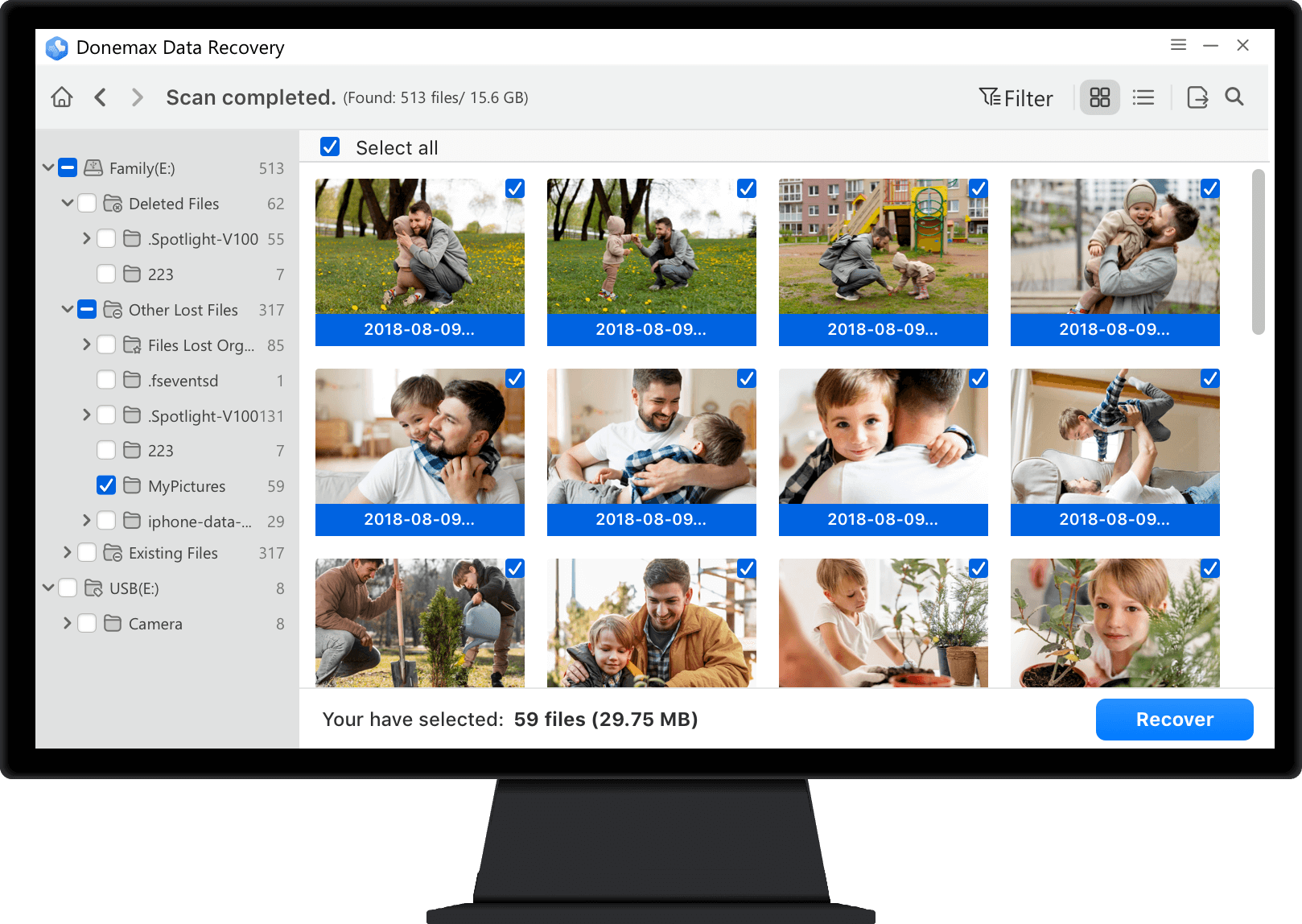
Why Donemax Data Recovery?
- User-Friendly Interface: Comes with a modern GUI suitable for beginners.
- File Preview Support: View files before recovering them.
- Smart Scan Modes: Automatically run deep scan for formatted or corrupted drives.
- Folder Structure Recovery: Retains original folder layout and file names.
- Cross-platform: Available for Windows and macOS.
- Additional Features: Includes scan result import/export, disk manager, etc.
Comparison: PhotoRec vs. Donemax Data Recovery
Here's a quick breakdown of how PhotoRec compares to Donemax Data Recovery:
Feature |
PhotoRec |
Donemax Data Recovery |
|---|---|---|
User Interface |
Command-line |
Graphical User Interface (GUI) |
File Preview |
No |
Yes |
File Name Recovery |
No |
Yes |
Folder Structure |
No |
Yes |
Price |
Free |
Freemium (free trial) |
File Type Support |
480+ formats |
2000+ formats |
Platform Support |
Windows, macOS, Linux |
Windows, macOS |
Recovery Quality |
High (but raw) |
High + Structured |
Ideal For |
Advanced users |
Beginners & pros |
Why Donemax Data Recovery is a Better Alternative
While PhotoRec is ideal for tech-savvy users looking for a free solution, Donemax Data Recovery is far more approachable and feature-rich. Here's why it stands out:
- Ease of Use: No command-line knowledge required; simple point-and-click interface.
- Better File Organization: Maintains directory structures, making it easier to find what you need after recovery.
- Preview Before Recovery: Avoid recovering junk or temporary files.
- Extra Tools: Disk manager, and importing/exporting scan result features.
- Customer Support: Access to tutorials, FAQs, and email-based support.
For users who are not comfortable with terminals and want a smoother, more guided recovery process, Donemax Data Recovery provides the perfect balance of power and usability.
Step-by-Step Guide: How to Use Donemax Data Recovery
Donemax offers easy-to-use and professional software that can recover data effectively with ease. Here's how to use Donemax Data Recovery:
Step 1: Download Donemax Data Recovery
First, it's necessary to download and install the software on your computer. Ensure to download and install the software on a different drive instead of the drive where you lost data.
Donemax Data Recovery
- Best data recovery software for Windows and macOS.
- Recover lost photos, videos, documents, audio and other data.
- Effectively recover deleted, formatted, or other lost data.
Step 2: Select the Disk
Launch the software and it lists all connected drives. Click to select the disk from which you want to recover data.
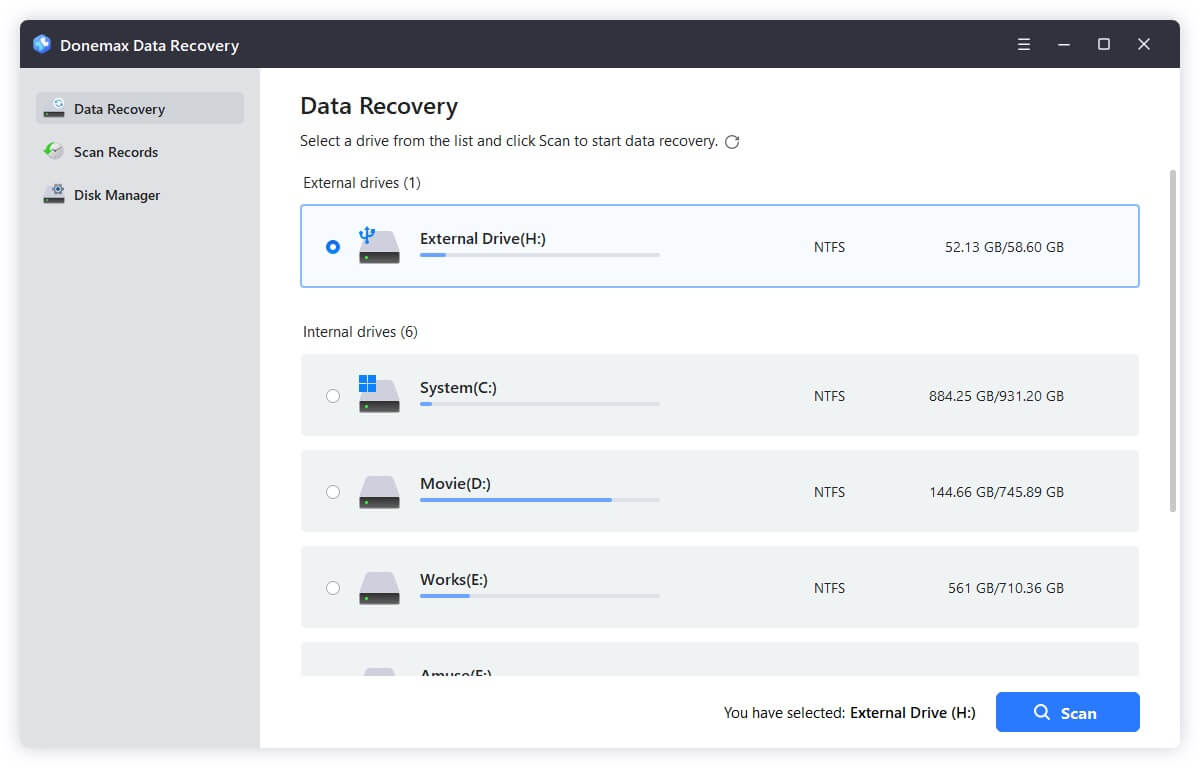
Step 3: Scan the Drive
Start the scanning process by pressing the Scan button. The software will deeply scan the drive to search for the possible recoverable files.
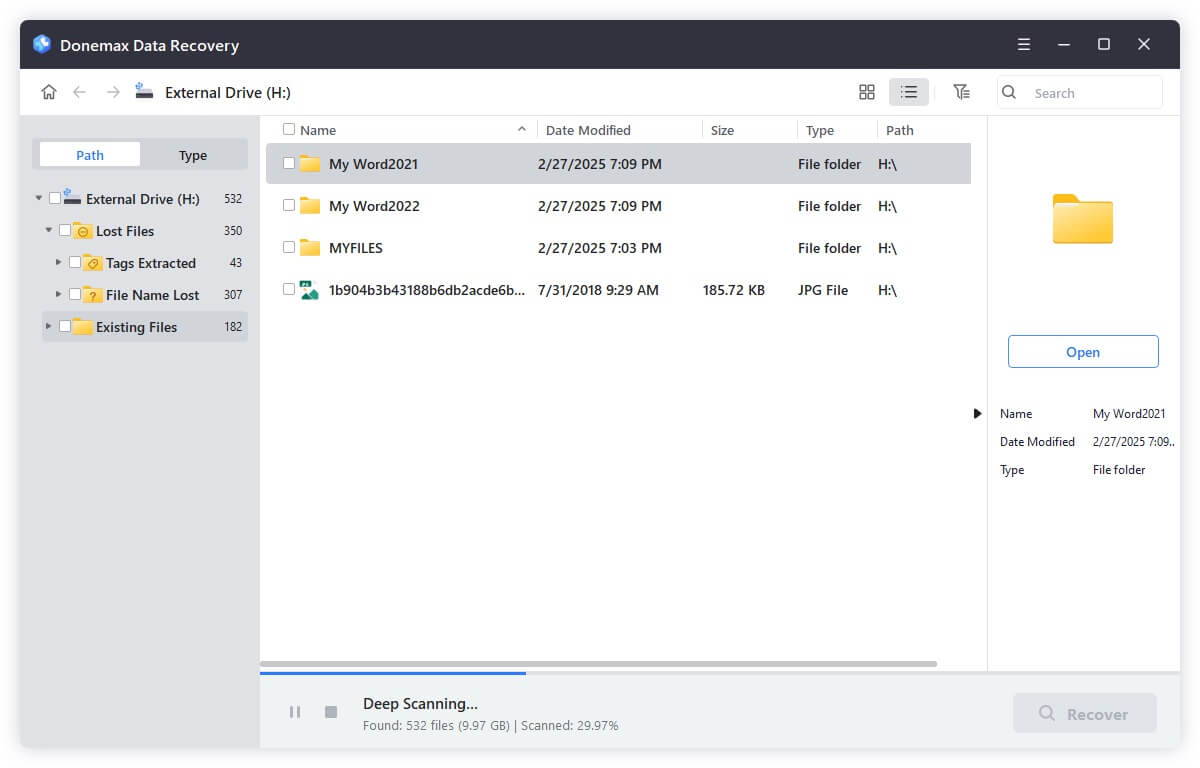
Step 4: Locate and Preview
After the scanning process is done, all the found files will be listed. Check and locate the files you lost. Double click a file to preview it (if supported) and confirm if it's recoverable.
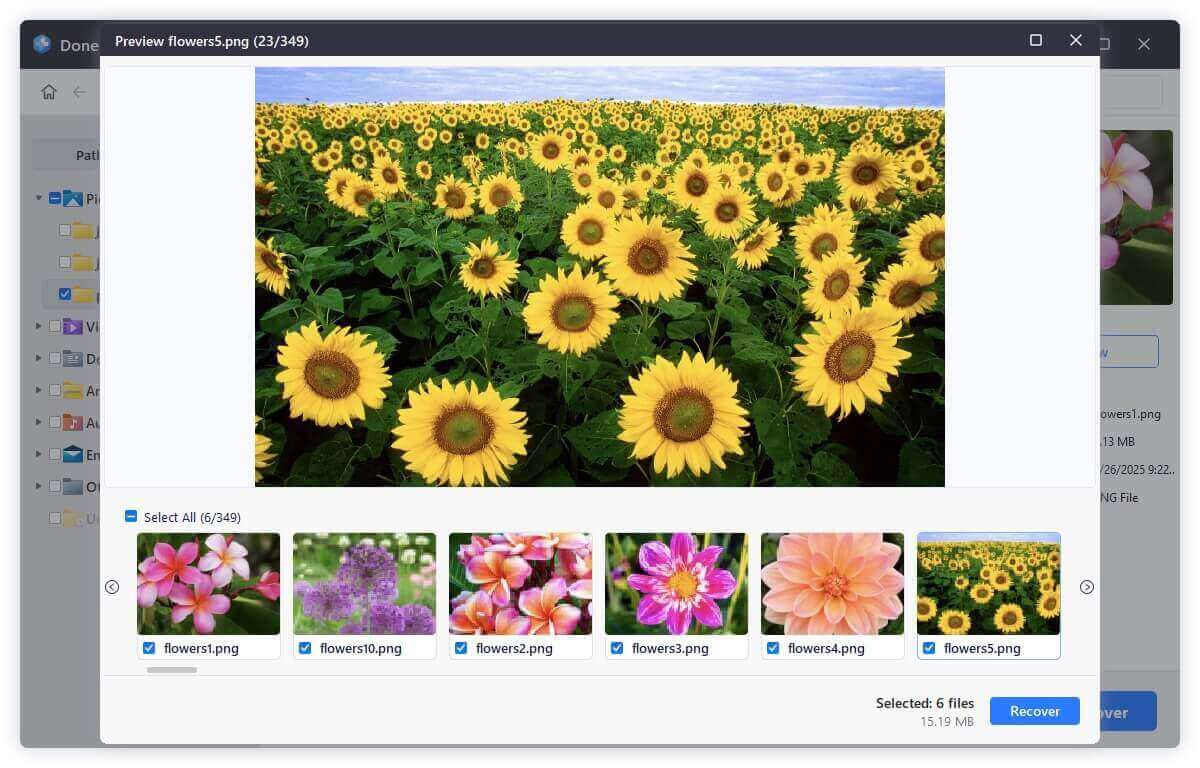
Step 5: Start Recovery
Choose a folder on a different drive where the recovered files will be saved. Let Donemax Data Recovery recover files. The process may take several minutes to hours depending on data size.

Conclusion
PhotoRec remains a powerful and respected tool in the data recovery community. It's fast, free, and effective, especially when dealing with difficult recoveries. However, its outdated interface and lack of file previews or structured recovery limit its usability for the average user.
If you're a developer, IT specialist, or command-line enthusiast, PhotoRec could be your go-to recovery solution.
But for the majority—especially those who value convenience, clarity, and structure—a modern solution like Donemax Data Recovery is the smarter choice. It simplifies the recovery process without sacrificing performance and delivers an overall more satisfying user experience.
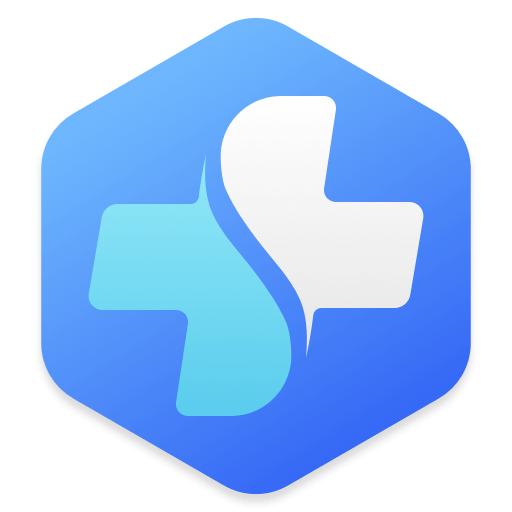

Donemax Data Recovery
Powerful, safe & easy-to-use data recovery software. Easily and completely recover deleted, formatted, or other lost data. The tool supports PC, Mac, HDD, SSD, USB drive, camera, SD card, RAID and other storage devices.
Related Articles
- Sep 16, 2025How to Use TestDisk: Full Guide to Partition and File Recovery
- Jun 28, 2023How to Recover Deleted Files Using Command Prompt?
- Jun 26, 2024How to Recover Lost Data from LaCie External Hard Drive on Windows or Mac?
- Jun 20, 2025What is a .DB File and How to Recover a Deleted .DB File
- Jun 13, 2025Best 5 Methods to Recover Deleted JNB Files
- Nov 01, 2024How to Recover Lost FLV Videos – A Complete Guide

Coco Lin
Coco has been a writer and a chief programmer at Donemax software since 2018. Over 10 years of experience of writing troubleshooting articles in the software industry, she is passionate about programming and loves to providing solutions to Windows and Mac users. Also she enjoys music and palying tennis in her free time.

Gerhard Chou
In order to effectively solve the problems for our customers, every article and troubleshooting solution published on our website has been strictly tested and practiced. Our editors love researching and using computers and testing software, and are willing to help computer users with their problems
